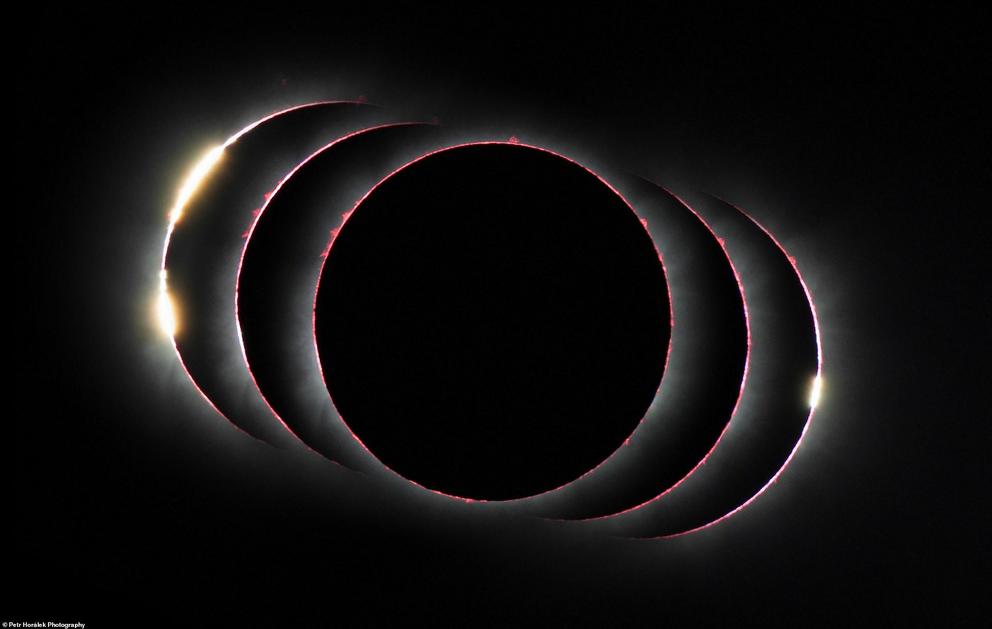Royal Society photos showcase the most breathtaking images of Earth and space taken this year
This compound image shows the solar eclipse of 3 November 2013 just before, during, and just after the total phase. At the start and end of the total phase light can shine through lunar valleys, creating the diamond ring effect. This picture, called Three diamonds in the sky, was taken by Mr Petr Horálek. It was the Overall winner and Astronomy Category Winner of the competition
- Since 2015, Royal Society Publishing Photography Competition has celebrated photos that capture science
- The competition shows the power of photography to demonstrate the beauty of the Earth and space
- The overall winner was Petr Horálek for his photo of a solar eclipse with a rare 'double-diamond'

© Kristian Bell
This photo, called Courting Royals, shows two royal terns in courtship on a beach on the Gulf Coast of Florida. Just out of shot are another 20 or so terns sitting idly by and watching the loved-up pair in action. The photo was taken by Kristian Bell and was winner of the Behaviour Category
An incredible image of a solar eclipse with a rare 'double-diamond' has won a prestigious science photography competition.
The Royal Society Publishing photography competition celebrates the power of photography to demonstrate the beauty of nature and science.
Czech astrophotographer Petr Horálek took this year's overall winning shot of the solar eclipse on November 3rd, 2013 in Uganda.
The next hybrid solar eclipse will occur in April 2023 over western Australia and Indonesia.
The photo was chosen by the judges from hundreds of other entries, which included images of 'sea of clouds' in Tenerife and a spectacular herd of oryx resting in the arid lands of Namibia.

© Katharine Cashman
This photo won the Earth Science Category. This photograph shows the volcanic landscape of Cappadocia in Turkey. It was created by a volcanic eruption (fire), is made of volcanic ash (earth), and has been sculpted by wind (air) and water. The image, called Turkey: Born of Fire, Earth, Air, and Water, was taken from a balloon by Professor Katharine Cashman

© Dr Leandro Lemgruber
This picture was taken by researchers studying the exploitation of a host’s own immune system by helminth parasites. This picture shows a rodent parasite that lives in the intestinal space of its host. The image, called Going round and round, was taken by Dr Leandro Lemgruber and was the Micro-imaging Category Winner

© Anton Sorokin
This image, called Baby on Board, was taken by Anton Sorokin and was runner up in the Behaviour Category. Parental care is a behaviour typically associated with birds and mammals, it is comparatively rare in other taxa such as amphibians. However, some amphibians are very devoted parents, the poison frogs (pictured) are a great example
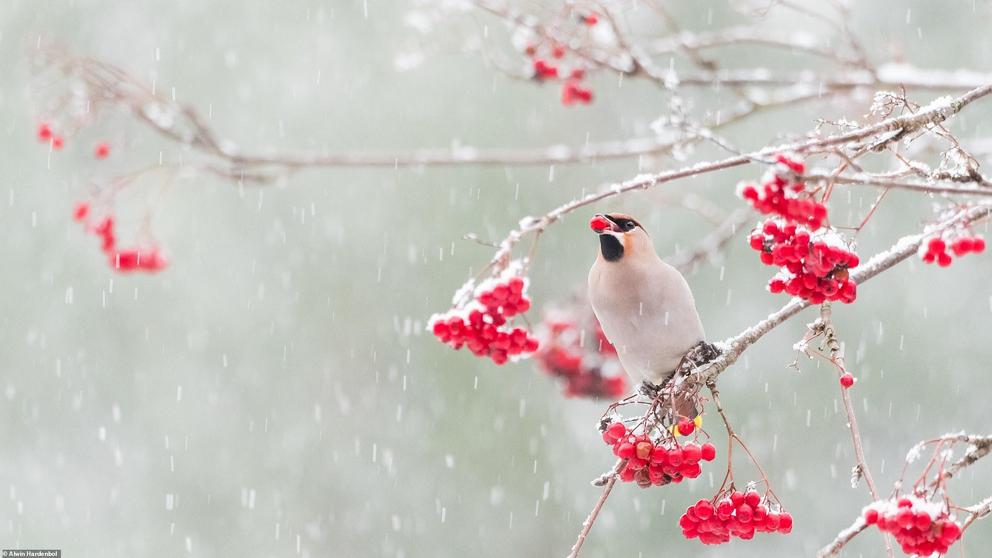
© Alwin Hardenbol
Waxwing and Rowan berries in the snow: Bohemian waxwings lust after Rowan berries in winter. They fly around in big flocks looking for the most delicious berries but they are picky eaters and do not just go for any berry. They skip certain trees and postpone eating the berries in others for later. This image was winter of the Ecology and Environmental Science category. It was taken by Alwin Hardenbol

© Bernard Miller
This is an image of the Orion Nebula processed with a 6-filter colour mapping process. This process combines data from six different filters (Red, Green, Blue, Ha, SII, and OIII). The resulting image contains detail and colour not usually seen with the normal RGB processing. The photo, called The Orion Nebula, was taken by Bernard Miller and was Astronomy Category Runner up
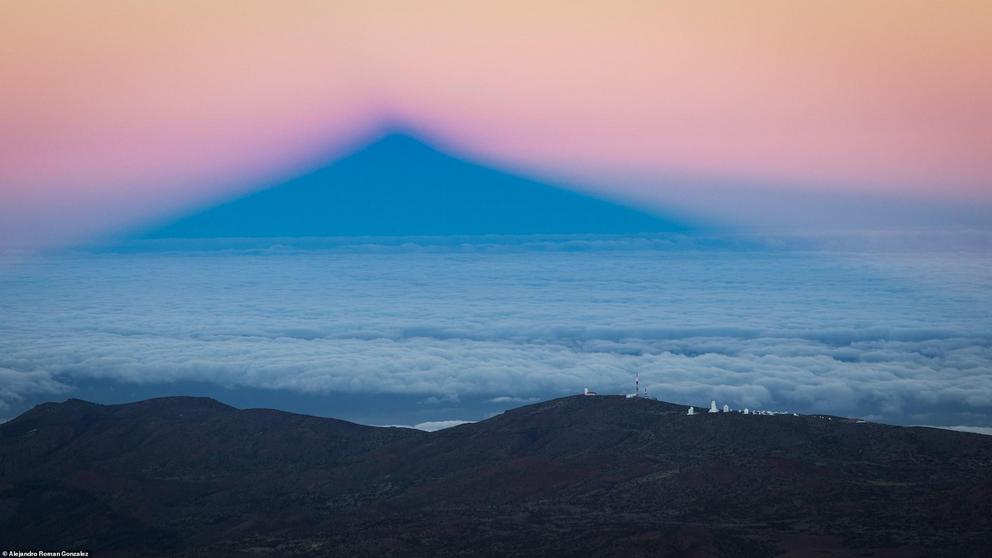
© Alejandro Roman Gonzalez
This picture called Colossus was taken by Alejandro Roman Gonzalez. It was runner up in the Earth Science category. It shows the shadow of mount Teide in Tenerife at sunset as it towers over Slooh Teide observatory. The sea of clouds shrouded the landscape at lower altitude, hiding neighbouring islands and the bustling activity of the coast of Tenerife. The colours in the sky are due to the reflection of the different wavelength of the white light as the sun sinks below the horizon

© Roberto García Roa
This image of Oryx in Namibia was runner up for the Ecology and Environmental Science Category. The photo, called Mars, was taken by Dr Roberto García Roa. 'When I observed these Oryx resting in an arid place of Namibia, my mind immediately saw a group of antelopes on the surface of Mars. The landscape was arid and red and it evoked a distant planet where we were invaders', said Mr García Roa
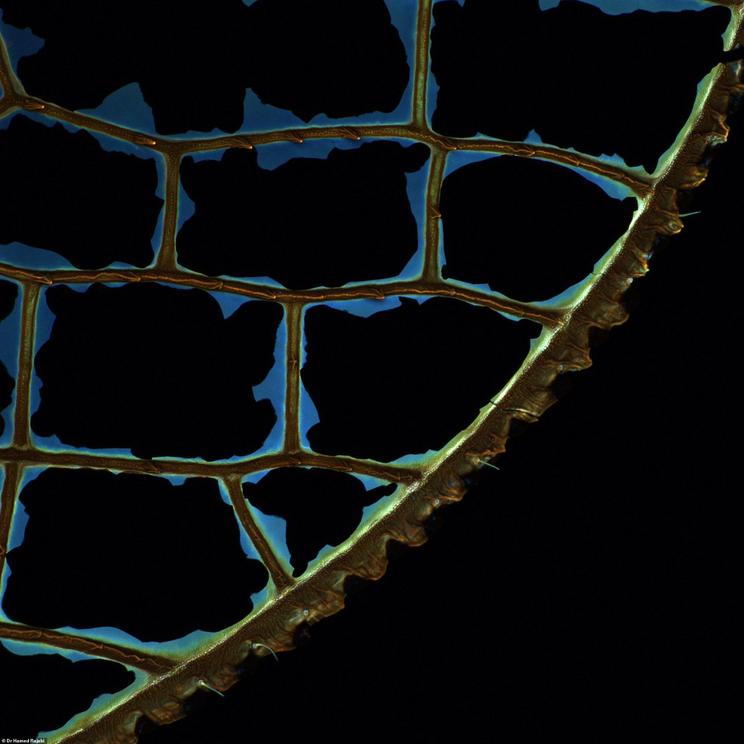
© Dr Hamed Rajabi
Wings experience substantial accidental collisions during the life span of a flying insects. Such collisions often result in irreversible wing damage and, therefore, could significantly influence insect flight ability. This image called Broken Window was taken by Dr Hamed Rajabi. It was runner up in the Micro-imaging category
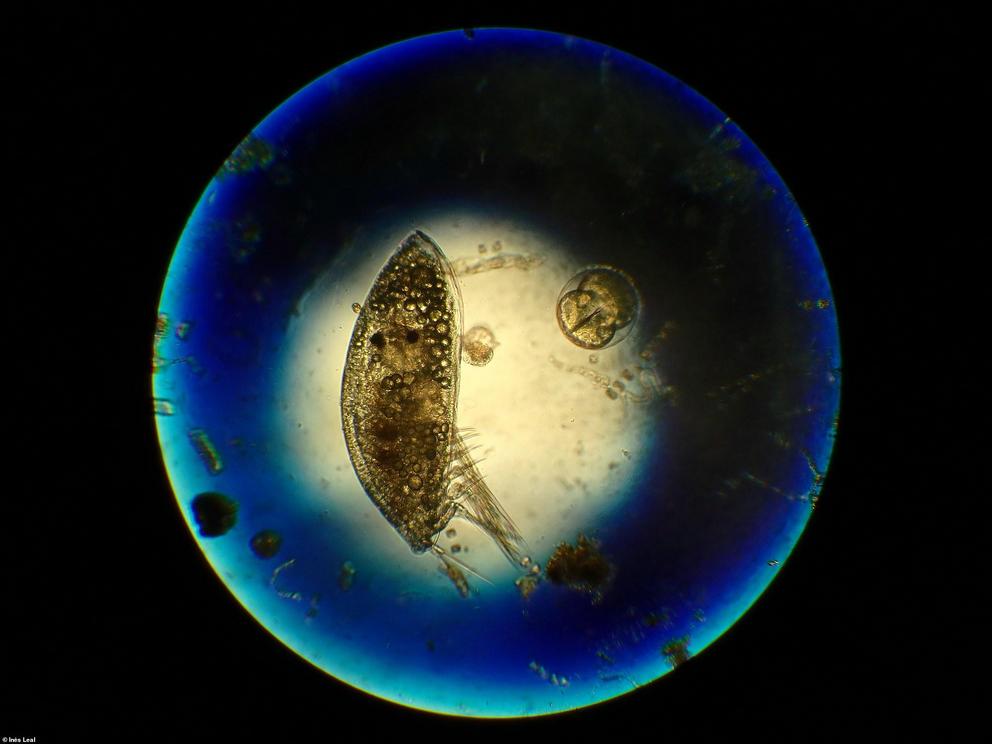
© Inês Leal
Invertebrate larvae face many challenges before settling on hard ground. They must rely on their energy reserves to sustain the dramatic process of metamorphosis. This photograph shows conspicuous lipid droplets (energy storage) within a late larval stage of an Arctic balanid barnacle. It was taken by Inês Leal and got an honourable mention in the Micro-imaging Category
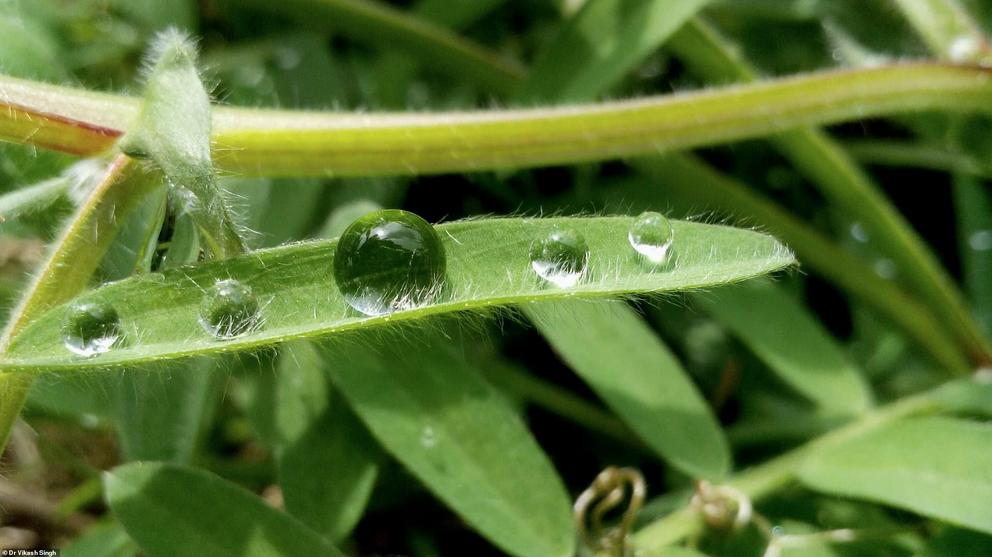
© Dr Vikash Singh
The photo depicts a leaf holding drops of morning dew on its surface. If observed closely, the leaf's tiny hair-like structures can be seen, in a manner which provides protection to the holding water from insects and other bugs. It was taken by Dr Vikash Singh and got an honourable mention in the Ecology and Environmental Science Category
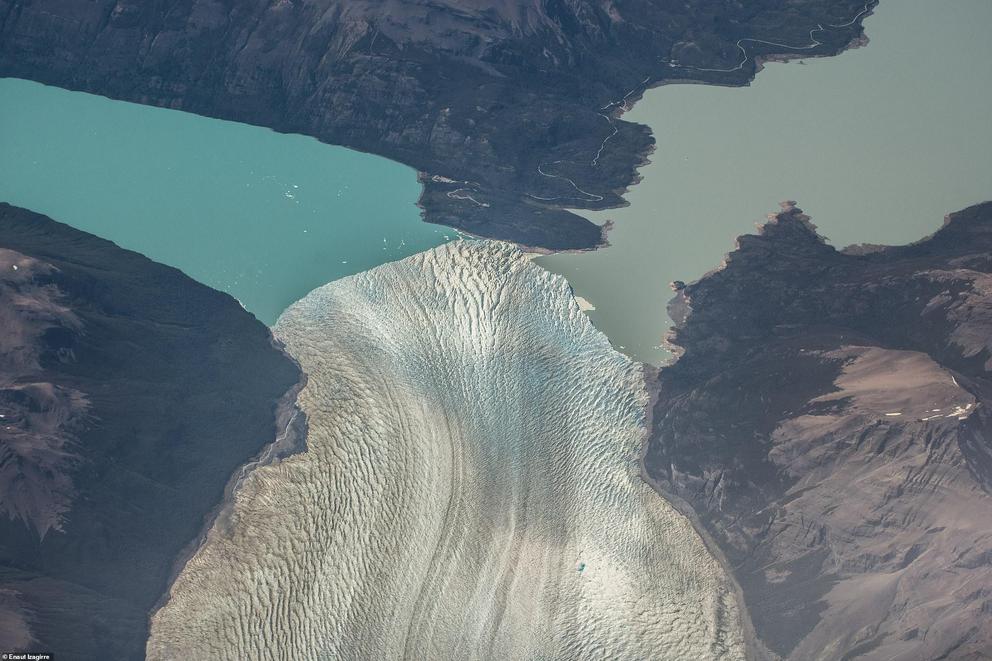
© Enaut Izagirre
Every day tourists travel from El Calafate to the Magallanes peninsula to be astonished with the incredible glacier front that dams the Lago Argentino, isolating the sediment-rich Brazo Rico. However, every few years an incredible dam-break event makes worldwide news. This photo by Mr Enaut Izagirre called Facing the fate received an honourable mention in the Earth Science Category
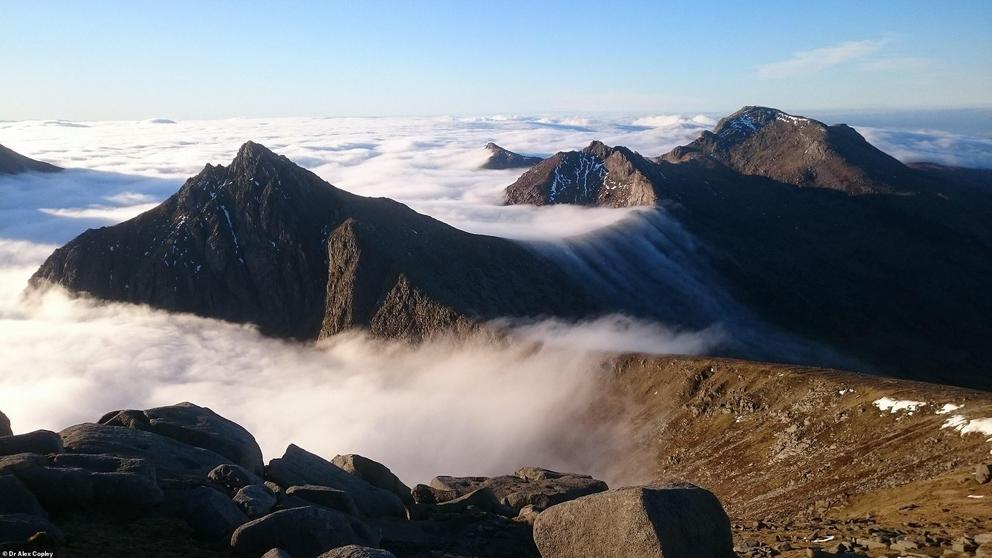
© Dr Alex Copley
Part of the island of Arran (Scotland) is made of mechanically strong granite, so forms these rugged peaks. The mountains in turn affect the local weather and climate, an instant of which is seen here by the flow of clouds early on a spring morning. This image was taken by Dr Alex Copley and won an honourable mention in the Earth Science Category

© Dr David Rippin
This image was shot in Jasper National Park. The landscape here is dominated by mountains and forests, and in the early season, a lot of snow. It is undeniably beautiful and awe-inspiring. This image was taken by Dr David Rippin and won an honourable mention in the Earth Science Category
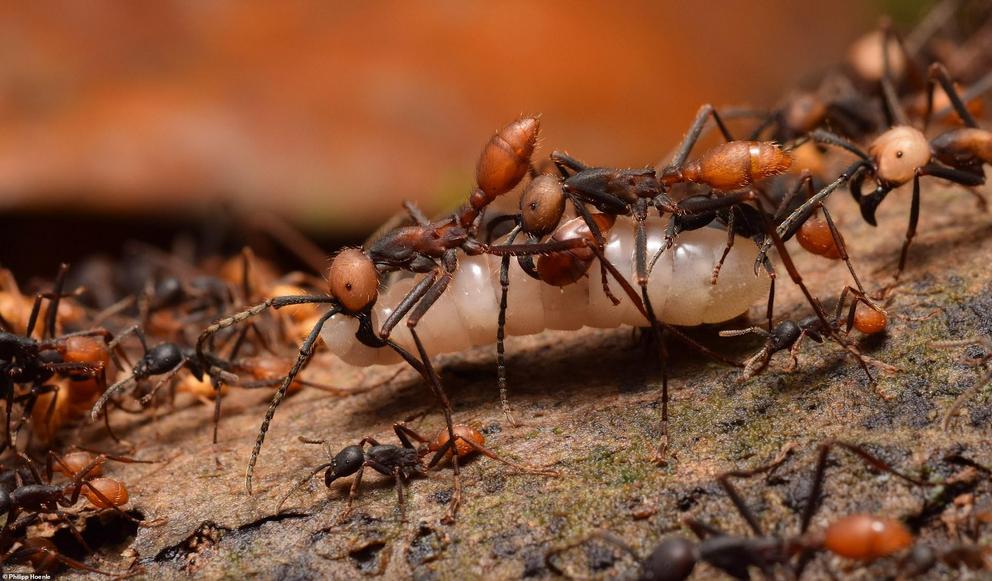
© Philipp Hoenle
This picture was taken during an army ant (Eciton burchellii) nest migration. Army ants have a nomadic lifestyle, and change their nest position frequently. This allows an outside observer to get a unique view of all that is found within the colony. This picture was taken by Philipp Hoenle and received an honourable mention in the Behaviour Category

© Dr Charlotte Johnson
This image by Dr Charlotte Johnson got an honourable mention in the Micro-imaging Category. 'As a microscopist, I was asked to create crystals and record videos of them forming for an upcoming art installation... Eventually it all came together and I was able to capture this image of several crystals having reached the same destination', she said
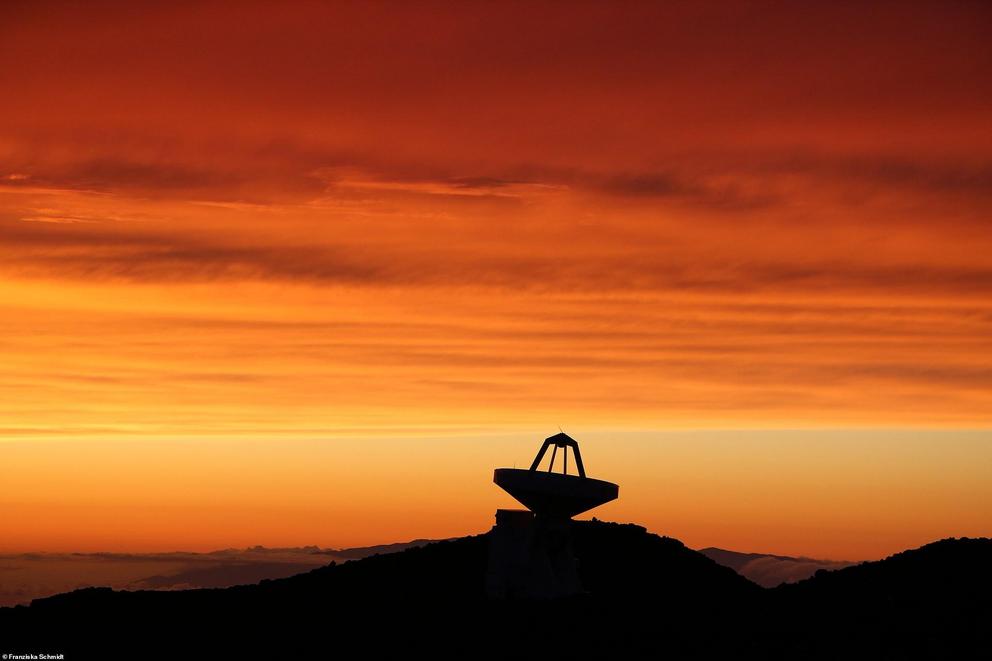
© Franziska Schmidt
This picture shows the sun setting behind the James Clerk Maxwell telescope on top of Mauna Kea in Hawaii. It was taken by Franziska Schmidt and won an honourable mention in the Astronomy Category

© Dr Loren Merrill
A Golden-crowned Kinglet (Regulus satrapa) emerges from the golden flowers of a Cornelian cherry (Cornus mas) in early April. This image was taken by Dr Loren Merrill and got a honourable mention in the Ecology and Environmental Science Category
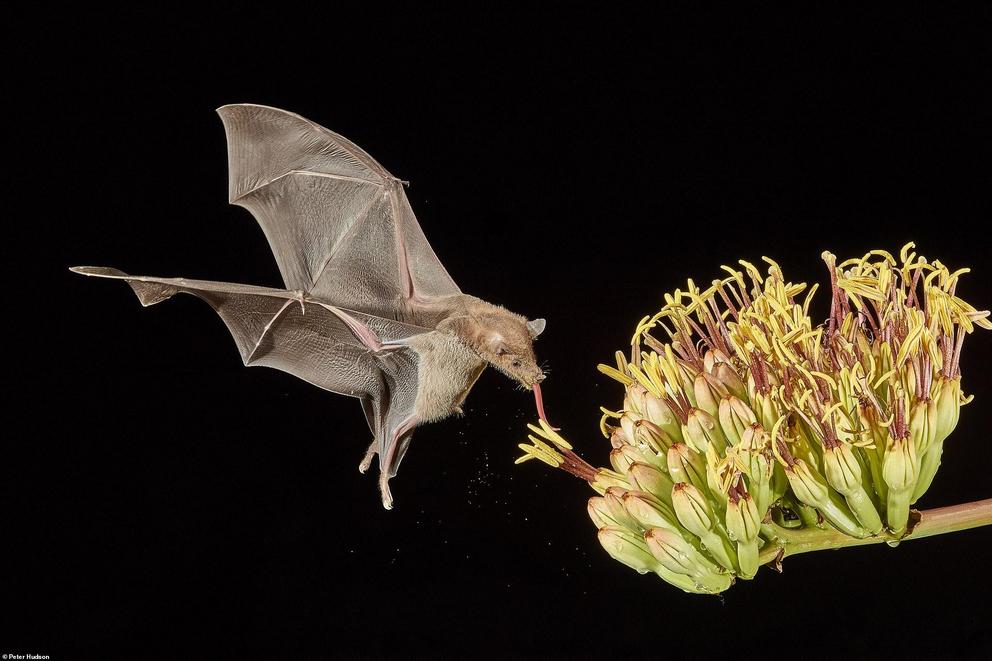
© Peter Hudson
In recent years, bats have appeared as disease reservoirs of significant emerging diseases, such as Ebola, Hendra, Nipah, SARS and Middle East Respiratory Syndrome. This image of a bat was captured by Peter J Hudson. It received an honourable mention in the Behaviour Category

© Nuno Rodrigues
The Henslow's swimming crab, Polybius henslowii, can form dense groups of several individuals near the sea surface, especially during the summer season. This species used to be targeted by fishermen in the 19th century and used as a fertiliser in agriculture. This image was taken by Nuno Rodrigues and received an honourable mention in the Behaviour Category
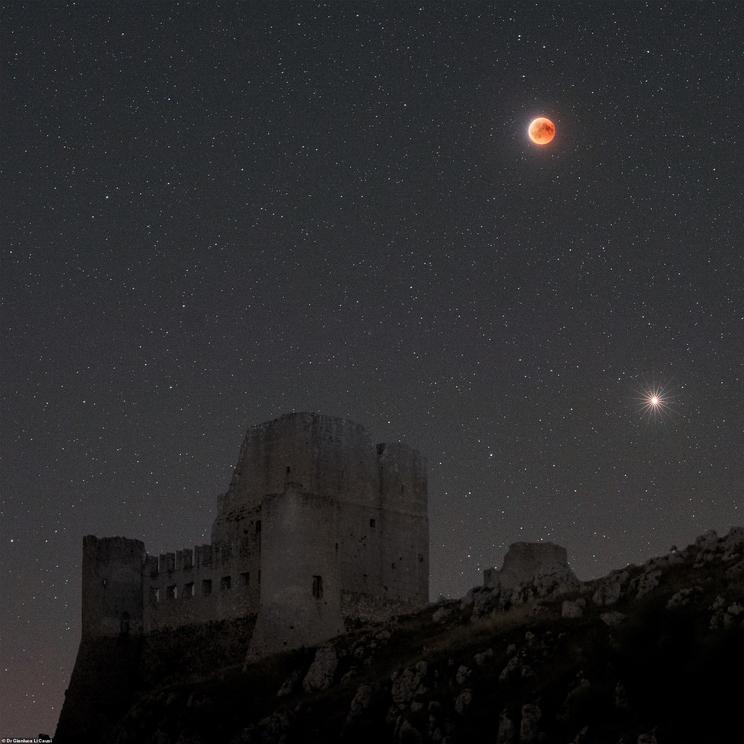
© Dr Gianluca Li Causi
The Earth's atmosphere refracts the long wavelength part of the sun light painting the moon in a bright orange colour. This image was taken by Dr Gianluca Li and received an honourable mention in the Astronomy category

© Casey Youngflesh
A gentoo penguin glares at the camera after emerging from the water near a breeding colony on the Antarctic Peninsula. The image was taken by Casey Youngflesh and received an honourable mention in the Environmental Science category
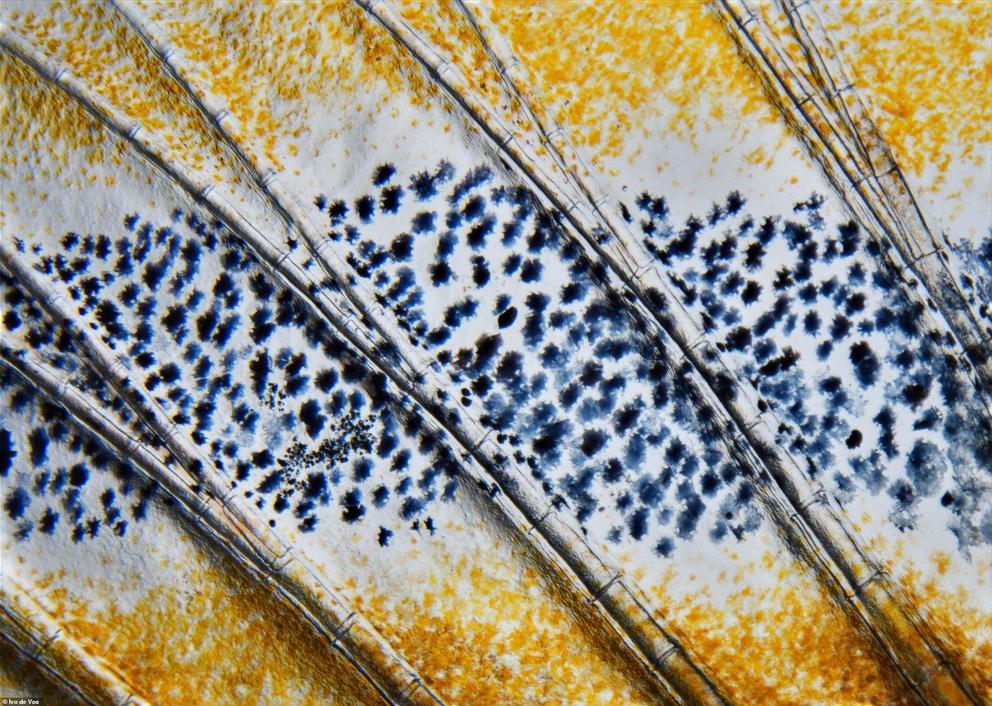
© Ivo de Vos
This image depicts individual pigment cells (black melanocytes and yellow xanthophores), that give zebrafish its characteristic zebra stripes. The image was taken by Ivo de Vos and got an honourable mention in the Micro-imaging category

© Dr Iair Arcavi
This image shows a the full moon of June, rising over Santa Barbara. The name 'Strawberry moon' comes from the Algonquin tribes of Native Americans, who used this full moon as their sign to harvest ripening strawberries. The image was taken by Dr Iair Arcavi and got an honourable mention in the Astronomy category

© Dr Lindsey Dougherty
This yellow-headed jawfish (Opistognathus aurifrons) is a paternal mouthbrooder practicing buccal incubation. The image was taken by Dr Lindsey Dougherty and received an honourable mention in the Behaviour category
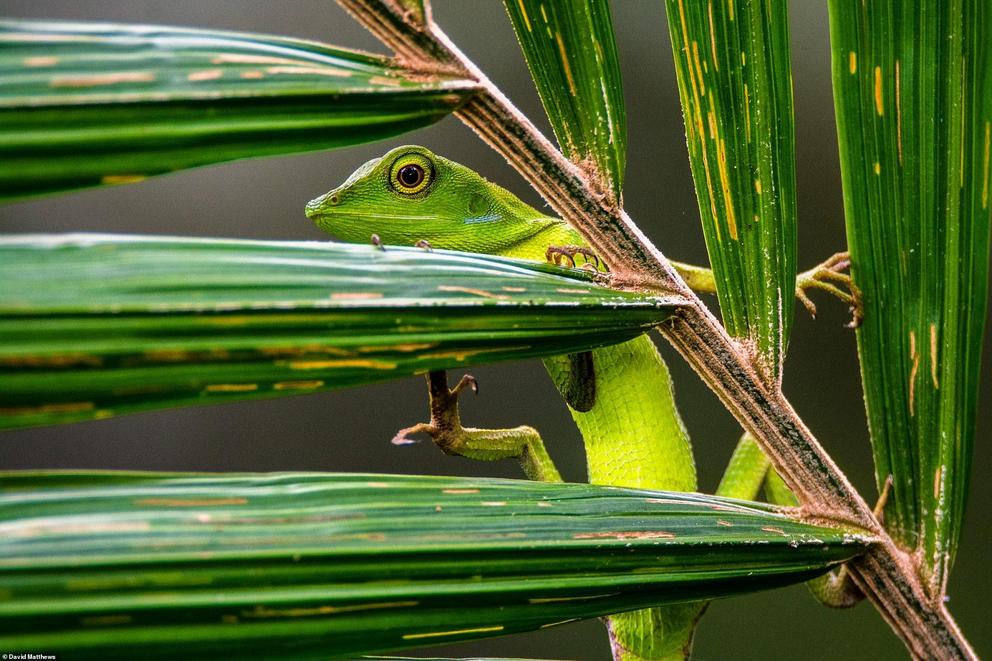
© David Matthews
This green crested lizard has adapted to life in the trees. It's long slender fingers allow it to grip the leaves and its thin body reduces the weight that it needs to lift as it climbs around. This image was taken by David Matthews and received an honourable mention in the Ecology and Environmental Science category

